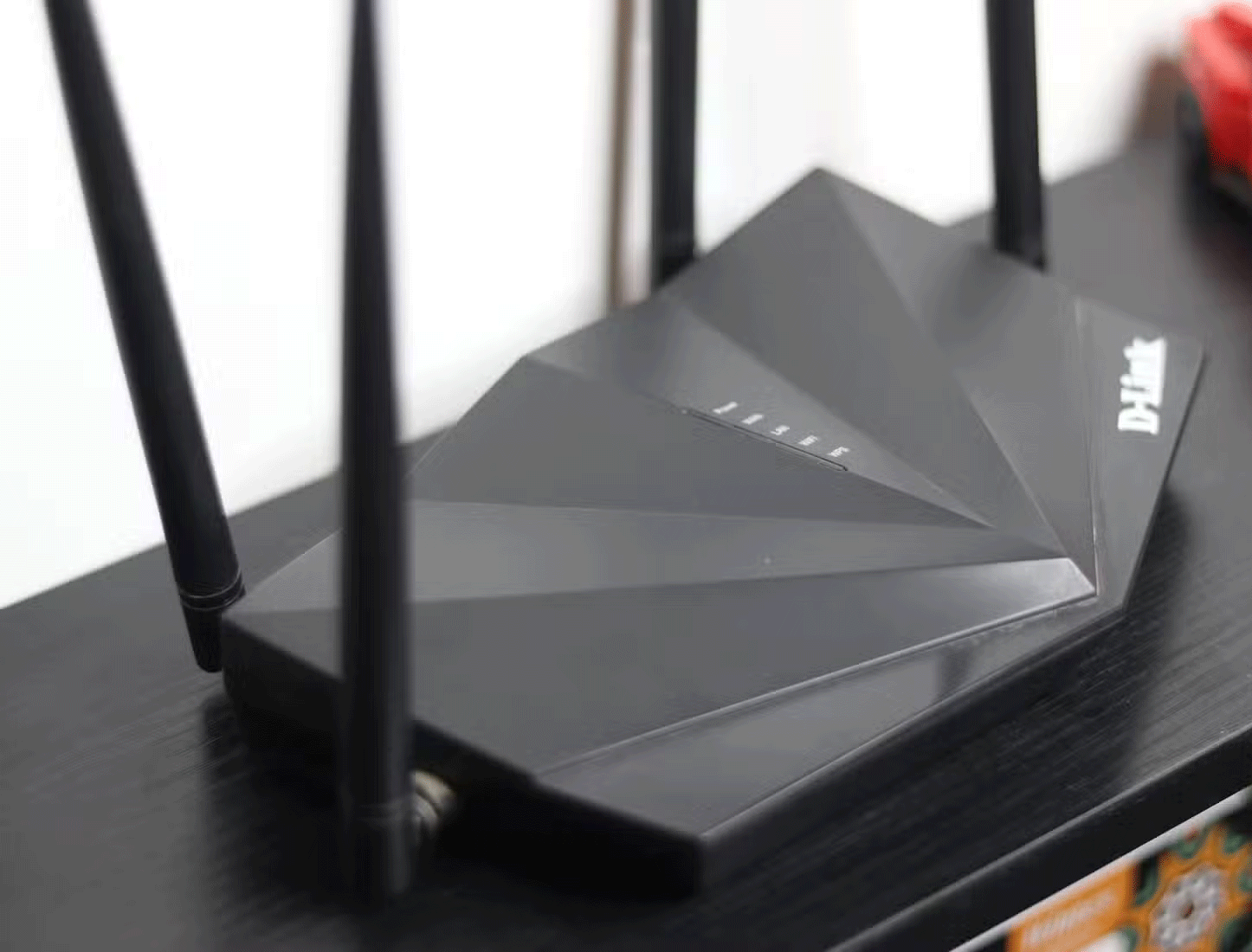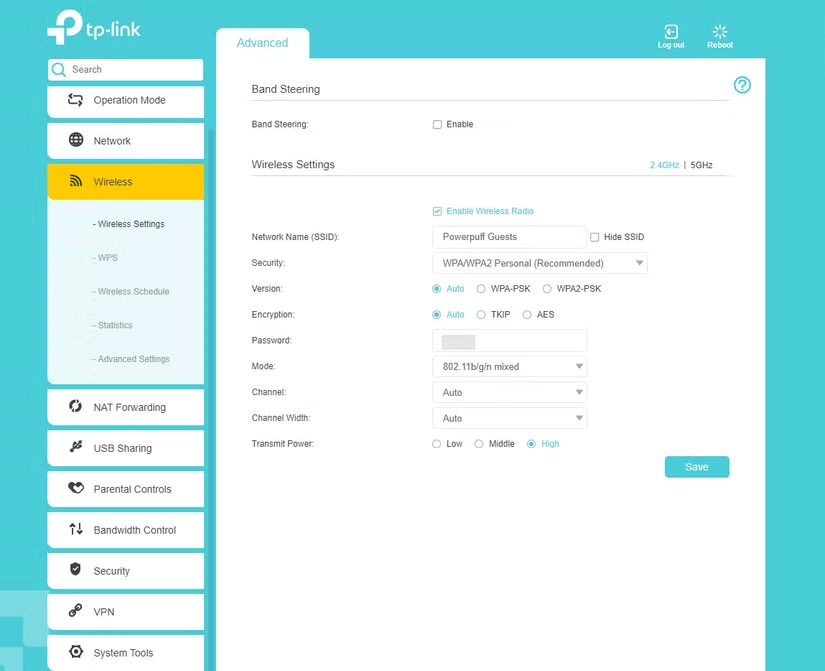How to set up a router with separate network names (SSIDs) for each band
Upgrading to a dual-band or tri-band router is one of the best ways to improve your Internet connection. However, it's not always easy to tell your new networks apart, especially if they all use the same network name - that's why you should give each Wi-Fi band a unique name.
Why should I set up different SSIDs for each band?
Aside from the obvious reason of knowing which band you're connected to, assigning unique network names to your router's 2.4, 5, and 6GHz bands has a few advantages.

If you're on a single Wi-Fi network (even with a multi-band router), you won't get the full benefit of using the 5 or 6GHz band. Since the network is consolidated, your devices will try to connect to the best available band but drop down to 2.4GHz as a backup band. However, some devices will be stuck on the 2.4GHz network and won't easily switch back to the 5GHz band.
Another advantage of creating separate Wi-Fi networks for each band is that it's easier to use your router's QoS settings. You can prioritize the faster 5GHz and 6GHz networks while also broadcasting the 2.4GHz network to devices that don't need as much bandwidth.
Separating the two (or three if you have a tri-band router) bands with unique network names means you'll have a slower backup network running at 2.4GHz and a 5 and/or 6GHz network. This is one of the better networking practices to follow, especially when setting up a brand new router.
Set up multiple SSIDs
Setting up multiple SSIDs on your specific router varies depending on the manufacturer and model. Generally, you'll find the settings in a section called "wireless settings." The settings you can change can vary, but here are some common ones.

- Network Name (SSID) : The name of the Wi-Fi network running on the selected band.
- Security : Your options will vary depending on the security features your router supports. For best results, we recommend selecting WPA 2/WPA 3.
- Encryption : Choose the encryption type for your network, usually between TKIP, AES, and automatic mode. AES is recommended, but automatic mode can be used if the device has trouble connecting to the network.
- Password : Enter your Wi-Fi network password here.
- Mode : Select the transmission mode for the router. Your options will vary depending on what your router supports, but you'll generally want to choose the latest Wi-Fi standard or mixed mode if available.
- Channel : Choose the channel to broadcast your Wi-Fi network. The options will depend on the band you're setting up your network on and the channels your router supports. This can make a difference if you're trying to boost your Wi-Fi, but you can also set your router to automatically choose.
- Channel Width : Set the channel width. Options will vary depending on your router's compatibility. Set this value as high as possible for better speeds with limited range. You can also set this option to be selected automatically.
- Transmit Power : Not all routers have this feature. You should choose the highest power possible to get the most coverage and network stability possible.
These are the settings you'll see when setting up a network on a particular band. However, if you come across a setting you're not familiar with, feel free to leave it on automatic. While your router may not do the best job of properly managing your settings, you'll still benefit from the different Wi-Fi bands that additional networks provide.
In case you don't see any settings to change the network name based on the band, make sure the Band Steering setting is disabled. This setting automatically assigns devices to the best available band but merges the 2.4GHz and higher bands into one network, causing the same problem we're trying to fix.
With just a few minutes and some tweaking, you can create separate networks for the Wi-Fi bands your router supports. This can improve network speeds and stability across your entire Wi-Fi network for a better experience.
 YouTube's AI-powered voiceover feature is now available to more creators
YouTube's AI-powered voiceover feature is now available to more creators How to try to crack a password yourself to test its strength
How to try to crack a password yourself to test its strength Effective exercises to remove wrinkles and rejuvenate the skin
Effective exercises to remove wrinkles and rejuvenate the skin Apple Watch Ultra 3 could be the first smartwatch to feature satellite connectivity
Apple Watch Ultra 3 could be the first smartwatch to feature satellite connectivity What is the Infinity Fortress in Demon Slayer?
What is the Infinity Fortress in Demon Slayer?